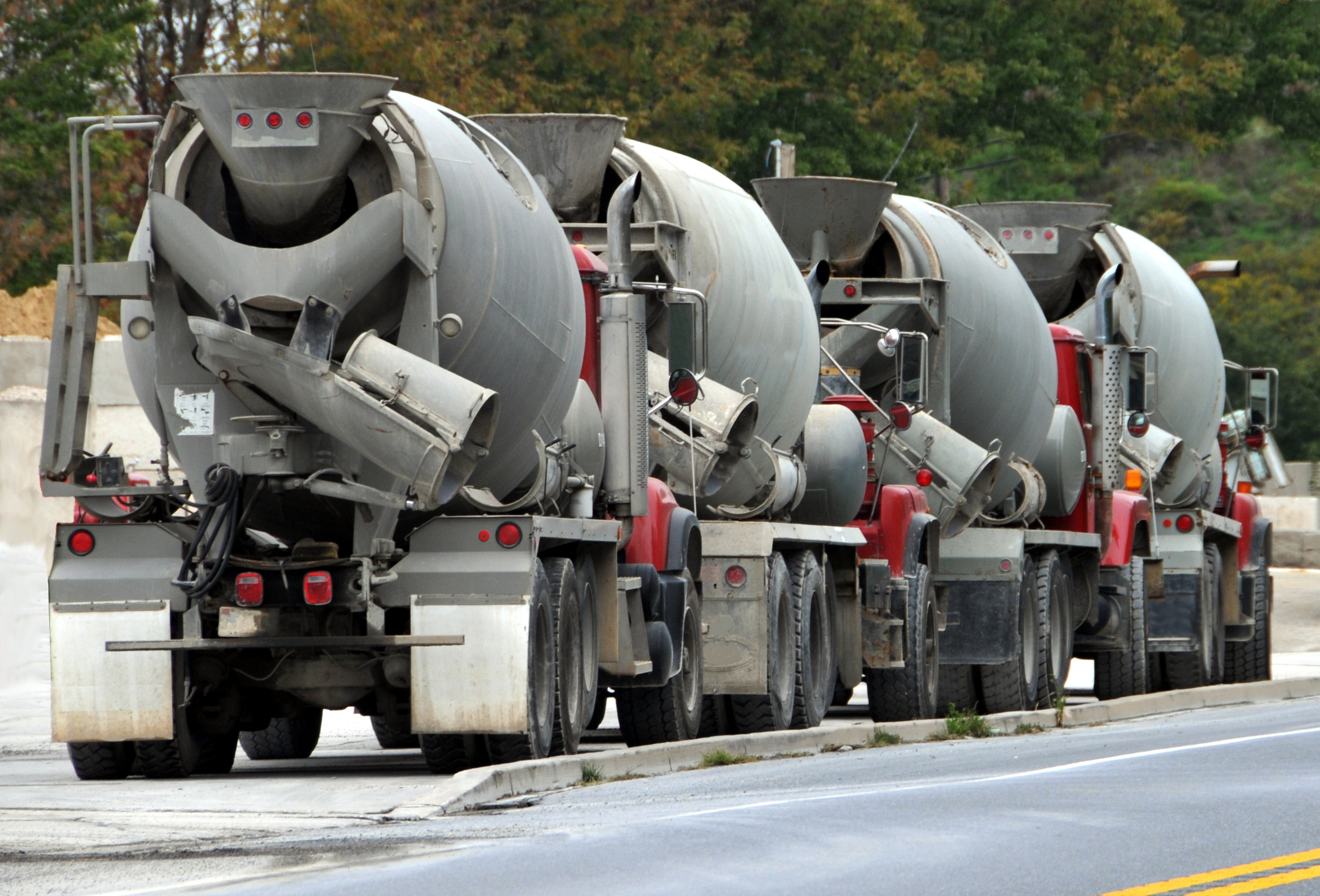Posted on November 12, 2020
Every year, hurricanes, tornadoes and winds from strong thunderstorms damage properties nationwide. There are fears that there will be more storms, and more severe storms, in the future. Through it all, there’s an overarching desire to keep people safe and secure with concrete. Going forward, concrete’s inherent mass and strength will only grow more attractive.
There are also financial benefits to building with concrete. Certain owners and contractors qualify for tax incentives, grants and/or loans when they go with ICF construction, for example.

Safe Rooms
A safe room is essentially a structure within a structure. It protects occupants from dangerous winds and flying debris. Concrete’s qualities make it the material of choice for safe room walls, flooring and ceiling alike.
Residential safe rooms typically accommodate a family and visitors. Commercial safe rooms may have room for hundreds. Consider the safe room at a high school in Oklahoma’s Elmore City-Pernell School District. The ICF structure offers space for 200 students. When it was time for a 15,000 square-foot addition at an elementary school in the district, administrators selected ICFs yet again. Essentially, the entire addition became a “safe room.” Administrators, educators and parents enjoy increased peace-of-mind when storms strike. At the same time, energy savings accrue 24/7.
Some homeowners also consider expanding the safe room concept to the entire home. ICF homes are wind-resistant and energy-efficient. Lifecycle maintenance costs are very modest.
The Enhanced Fujita Scale classifies tornadoes on a scale ranging from EF0 to EF5. An EF5 packs winds over 200 mph. Even an EF3 features winds of up to 165 mph. In Tornado Alley, residents have long sought refuge in places “hardened” against terrible tornadic winds. FEMA publication P-361 details safe room construction to resist hurricanes and tornadoes.
Safe rooms save lives, time and again. A Moss, MS, family of four made it to their safe room just in time. One of almost 80 tornadoes stripped their home from its foundation, except for the safe room.
Safe Houses
Safe rooms do exhibit some inherent limitations. First, there may not be time to get to the safe room. Second, safe rooms have limited capacities. News of more extreme weather only increases interest in solid, enduring concrete construction.
Tests at the National Wind Institute at Texas Tech University compare the wind resistance of wood and concrete walls. Check out this video to see what happens when a projectile strikes a wood frame wall with vinyl siding at 100 mph.
Wind Resistance
For safety and energy-savings, more and more homeowners consider ICF construction. In one study of lateral wind resistance, ICFs outperformed wood and steel by a wide margin. Maximum lateral resistance was 4,553 lbs for wood and 4,004 lbs for steel. The maximum lateral resistance for the three ICF walls tested was 27,889 lbs and higher. Researchers concluded that, “ICFs offer great potential for reduced property loss from strong wind and earthquakes.”
When storms do strike, stronger fasteners and polyurethane adhesives save siding affixed to ICF walls.
Flood Resistance
The images are difficult to forget. In 2016, floodwaters surged through the streets of Ellicott City, MD. Then, in 2018, eight inches of rain poured into a valley between two tributaries of the Patapsco River. Water came through Endicott City with enough power to float cars and tear at foundations.
ICFs have two qualities important in floods. First, they are strong enough to resist the force of rushing water from storm surges and from rivers overflowing their banks). Second, they reduce mold potential in the flood’s aftermath.
Case Studies: Stories of Safety & Survival
PennLive.com explored whether tornadoes are becoming more frequent in Pennsylvania. In 2019, there were 34 tornadoes recorded in Pennsylvania. There have been as many as 61 in a single year. Pennsylvania thunderstorms also spawn straight-line winds called derechos. In June 2020, a derecho resulted in a loss of life and property damage in suburban Philadelphia.
Residential ICF construction is increasingly common, and for good reason. Consider these case studies.
Beachfront home takes on Hurricane Michael
Hurricane Michael was one of the most powerful hurricanes to strike the Florida panhandle. Winds of more than 150 mph destroyed or severely damaged three-fourths of the homes in one area. One homeowner in Mexico Beach had the foresight to build with concrete. His “Sand Palace” as he called it, was the only house left standing for blocks around.
ICFs and a multifamily project
Residents of Charleston, SC, live with the possibility of a direct hit by a major hurricane. ICFs protect 17 South, a 220-unit multifamily project in Charleston. This video details the construction at 17 South. It also includes news of other concrete buildings surviving intense assaults by extreme winds.
An ICF home in an F3 tornado
Tornadoes are highly concentrated, powerful storms. They certainly don't confine themselves to “tornado alley.” For example, the northern tier of states experiences tornadoes as well. In 2005, an F3 tornado struck Stoughton, WI, leveling dozens of homes. Some of the debris landed in Milwaukee, 75 miles to the east. One ICF home still under construction was in the path of the tornado. The concrete walls stopped high-speed projectiles without fail.
The more widespread ICF residential construction becomes, the more efficient the process. The construction technique becomes more competitive. ICFs are well-positioned to capture market share. Homeowners increasingly value both durability and sustainability.
Learn More
SpecifyConcrete.org is a website maintained by the Pennsylvania Aggregates and Concrete Association (PACA). It provides information of interest to the general public as well as those in industry. For further help, please contact us.
